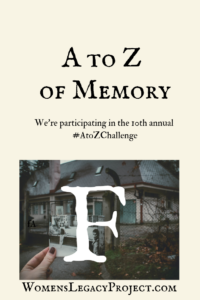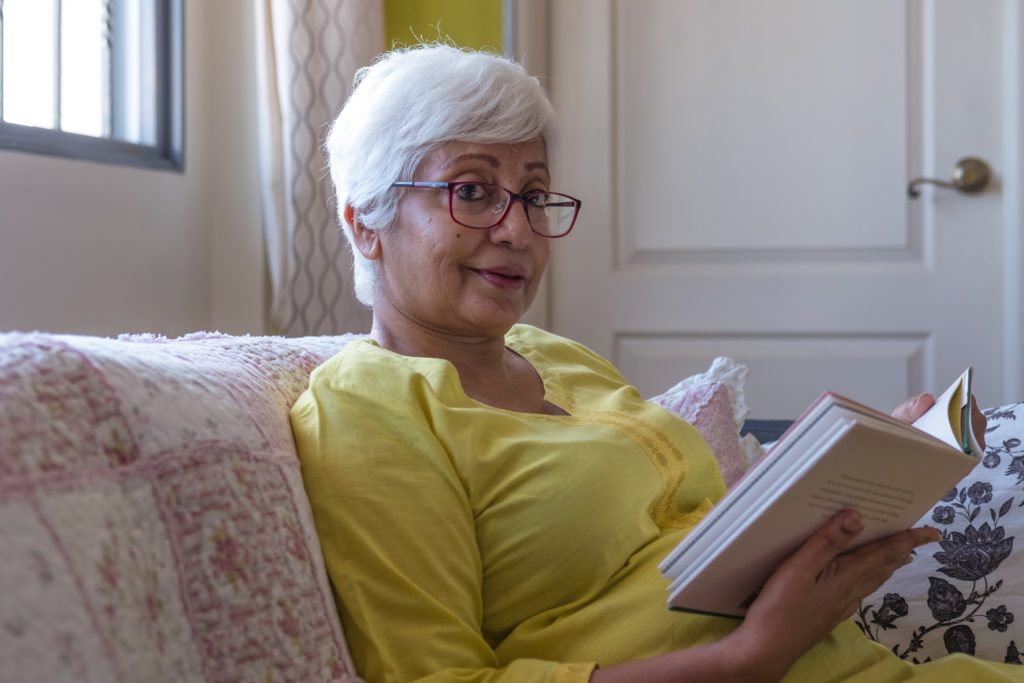No coverage of the subject of how to curate can even scratch the surface of the subject without discussion of what memory is. But equally important to understanding how memory works and what its limitations can be, is how you consciously present your memories.
.

It is good to understand that the past has brought us to where we are. It is good to understand that there can be more than one interpretation of almost everything. We do not have to agree with a certain interpretation of the facts. By juxtaposing a bit of information with other information we can change how the first bit of information is viewed and thus interpreted.
SUBJECTIVE FRAMING
- A restorative frame involves evoking a sense of the past by coupling the information with an original bit of context.
- A revisionary frame involves changing the interpretations of the past by adding an element not originally associated with the first bit of information.

Urban Romantic 
Intellectual 
Outdoor ‘
Choosing among different portraits gives a very different perspective of a person.
How you embellish a photograph also conveys essential information.
While these manipulations of message can be easily seen in these photographs, words can just as easily change a perspective forever.
One classic example of message manipulation is George Lakoff’s book, Don’t Think of an Elephant.
To understand the presentation of information, and how to lay down a basic perception on a subject, and how this relates to creating memories in others which is a huge part of creating a legacy.
Most video and audio about this topic stinks. So I strongly recommend listening to a sample of an audiobook by Lakoff to get an idea of the theory about construction of meaning using devices such as framing and metaphor.
These are base level, but difficult and nuanced, topics – so I suggest, rather craftily, I think, going to the page on Audible.com audible book site for Lakoff’s Moral Politics and listening to the short sample of the book by clicking on the light gray sample bar at the bottom of the image of the book cover.
Lakoff’s work has received the most coverage in the political world of partisan framing, but that is not what we are talking about. If you listen to the sample you will hear about the communication process. My hope is that you can them use this basic understanding to construct your story.
A couple more examples, You Tube clips, may also help you grasp framing when you write or create your legacy content. The first video below is from the world of literature. The second from the world of visual, film, documentary.
FACTUAL FRAMING
The research you have done allows you to identify the true and solid elements of your story. Aspects of how you conducted your research are worth noting, and including, in your legacy project or product. These provide frames of interpretation.
Examples / Hypothetical answers
How do you know what you know?
- “A genealogical chart crafted by his 4 living children at a family reunion in 1963…”
How long have you known it?
- “This is a picture of me by the tractor that ran over Uncle Egbert. The second snapshot is a picture of me and the new tractor we got the summer after the accident. I only had that shirt I am wearing in the photos during high school, so I know that was when the accident happened.”
Where did you find it or find out about it?
- “I was on Highway 72 in Illinois headed west toward the Mississippi when I realized that I could stop in Hannibal, Missouri and see the location along the river where Samuel Clemens lived when he and the people he based the Tom Sawyer story upon we young.
Who else knows this?
- “I spoke to the curator, who told me….”
How is it documented/referenced?
- “These are described in the endnotes with the original materials available from Special Collections of the Fire Eating and Sword Swallowing Hall of Fame.”
Is this single source information?
- “You may contact Lobita Longswamp about her personal collection of memorabilia of the five pioneer families of Petticoat Junction.”
Context and reference information are frames that can lend credence to content as well as add character and nuance to events, stories, and any number of ways you convey legacy memories.






Leave a Reply